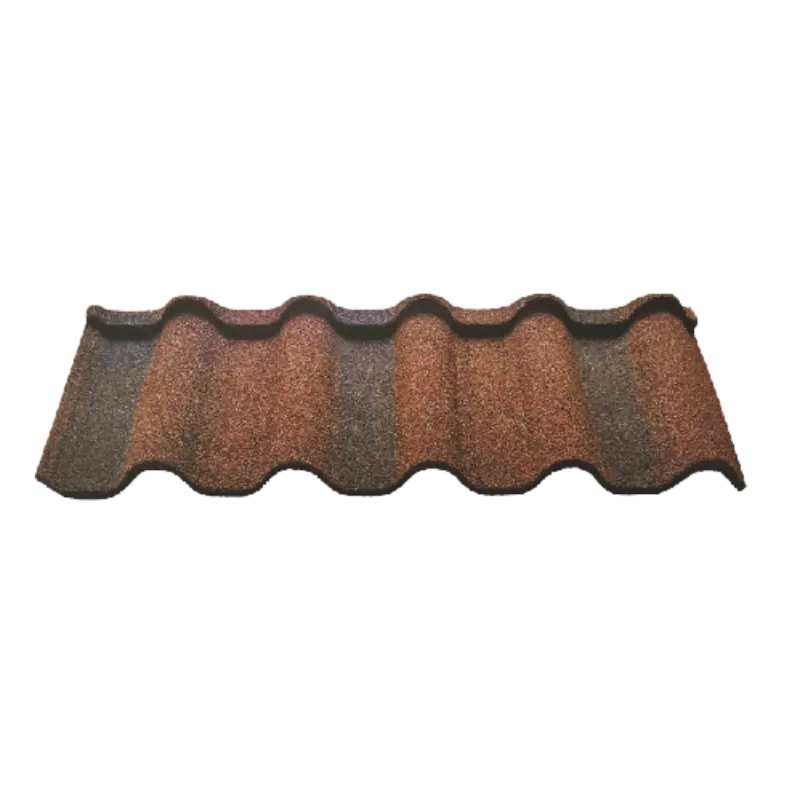
సెప్టెం . 25, 2024 16:37 Back to list
Understanding the Composition and Materials Used in Shingle Granules
Shingle granules are an essential component of asphalt roofing shingles, serving both functional and aesthetic purposes. These small, colored particles are typically used to cover the surface of shingles, enhancing their appearance and providing critical protection against the elements. Understanding what shingle granules are made of can give homeowners and builders deeper insight into their performance and longevity.
The primary material used to produce shingle granules is crushed rock, which is often sourced from volcanic stone, limestone, or other durable types of rock. The selection of the base rock affects not only the color but also the texture and overall quality of the granules. After being mined and crushed into fine particulate matter, the rock is then subjected to a process of granulation, where it is shaped into small granules for application to shingles.
.
In addition to providing color, shingle granules serve a crucial functional purpose. They protect asphalt shingles from UV radiation, which can degrade the shingles' surface over time. By reflecting sunlight, granules help maintain the integrity of the asphalt beneath, thereby extending the life of the roofing material. The granules also provide resistance against moisture absorption, which can lead to mold and mildew growth if left unchecked.
what are shingle granules made of

Moreover, the texture of the granules contributes to the overall performance of the shingles. The rough surface of the granules can protect against wind uplift, providing better resistance against the elements during storms. This added stability is particularly crucial in regions that experience high winds or severe weather conditions.
Another important factor to consider is the granule size and distribution, which can influence the effectiveness of the shingles. A uniform distribution of granules helps ensure consistent coverage and enhances the overall durability of the roof. Manufacturers carefully monitor the production process to achieve the desired thickness and coverage, ensuring that each shingle meets industry standards.
In summary, shingle granules are made predominantly from crushed rock, which is colored with mineral pigments to provide aesthetic appeal and functional benefits. They play a significant role in protecting roofing shingles from UV rays, moisture, and physical damage, contributing to the longevity and performance of roofing systems. Understanding the materials and processes involved in creating shingle granules can help homeowners make informed decisions when selecting roofing options for their properties, ensuring they choose a product that is both beautiful and effective.
-
Small Clay Roof Tiles for Durable & Stylish Roofing Red & Custom Options Available
NewsJun.24,2025
-
Lifetime Roof Shingles – Durable Roofing Solutions for Decades
NewsJun.10,2025
-
Top Roofing Shingles Types Compare Different Types of Architectural Roofing Shingles for Your Home
NewsJun.10,2025
-
Affordable Asphalt Shingle Roll Durable & Easy Flat Roof Solution
NewsJun.09,2025
-
Metal Asphalt Look Roofing Durable Shingle-Style Options
NewsJun.09,2025
-
Premium Clay Valley Roof Tiles Durable & Eco-Friendly
NewsJun.09,2025







